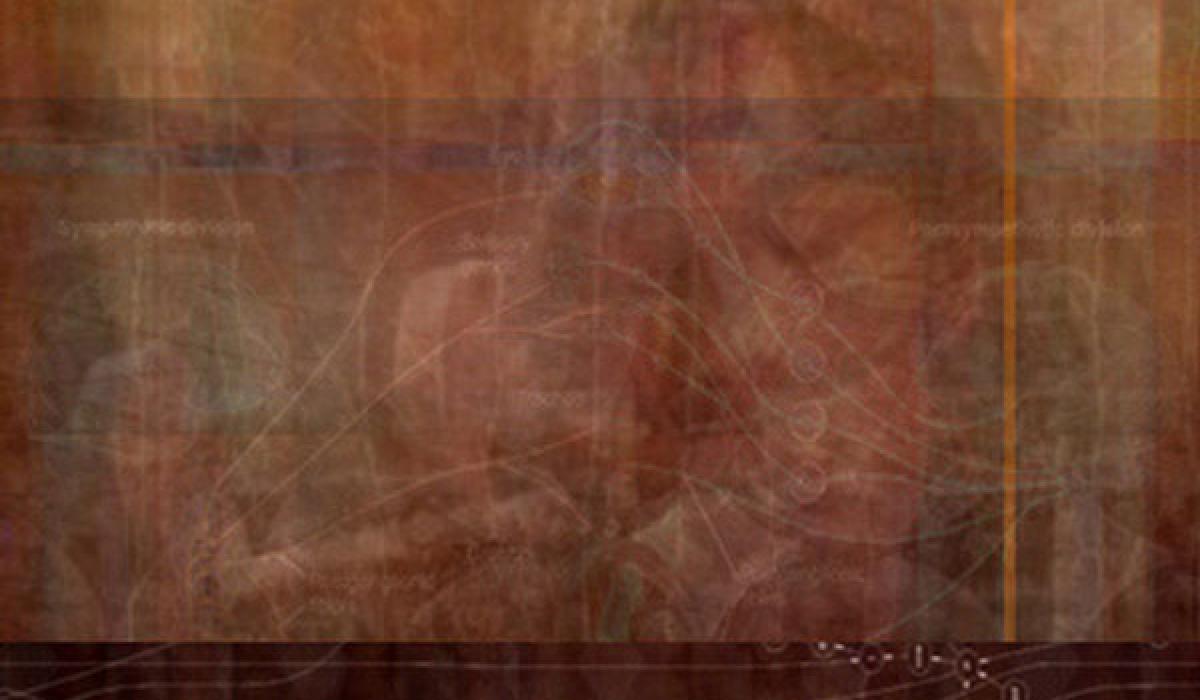- Featured Artist/Art
This issue showcases the art of Joseph Nechvatal, an American post-conceptual digital artist and art theoretician based in Paris. Images from his painting series Odyssey pandemOnium (2014) illustrate Nechvatal’s systematic onslaught of critical theory into his artistic practice. The works also visually complement this journal’s own interdisciplinary project of combining multiple paradigms and research methods in the search for new ways of knowing.
Nechvatal works with ubiquitous electronic visual information and computer code to create computer-robotic assisted paintings, audio art and computer software animations, which are shown regularly in galleries and museums throughout the world. He earned a PhD in the philosophy of art and new technology at The Centre for Advanced Inquiry in the Interactive Arts (CAiiA) University of Wales College, Newport, UK, where he coordinated the 1st International CAiiA Research Conference entitled “Consciousness Reframed: Art and Consciousness in the Post-Biological Era” (July, 1997). From 1999 to 2013, he taught at the School of Visual Arts in New York. His collection of essays, Towards an Immersive Intelligence: Essays on the Work of Art in the Age of Computer Technology and Virtual Reality (2009), was followed in 2011 by his book Immersion Into Noise.
The paintings in Odyssey pandemOnium, featured throughout this issue, are conceptually situated within Nechvatal’s immersive noise theory. They not only reflect the virtual and the actual (what he calls viractual) but also his understanding of noise theory in an “immersive noise consciousness,” which “distorts and disturbs crisp signals of cultural communications.” Nechvatal adds that “They make use of a complicated turmoil produced from close exchanges within figure/ground relationships that challenge us to think outside of the normal system of human perception.” Classically rendered figures are embedded within a complex and subtle ground in such a manner that the normal figure/ground relationship more or less merges. Painted on suede-like velour canvas, the colors are dusty and muted, underlining the fugitive nature of the floating and migrating imagery. That double intricacy elicits a sense of being misplaced and adrift. The viewer’s eye must navigate the visual pandemonium in a way that suggests Odysseus’s wanderings. Present in the paintings is a partially hidden world of distant places and people, hints of classical sumptuousness and visual order, lost and at ideological drift, searching for scenic alternatives.
